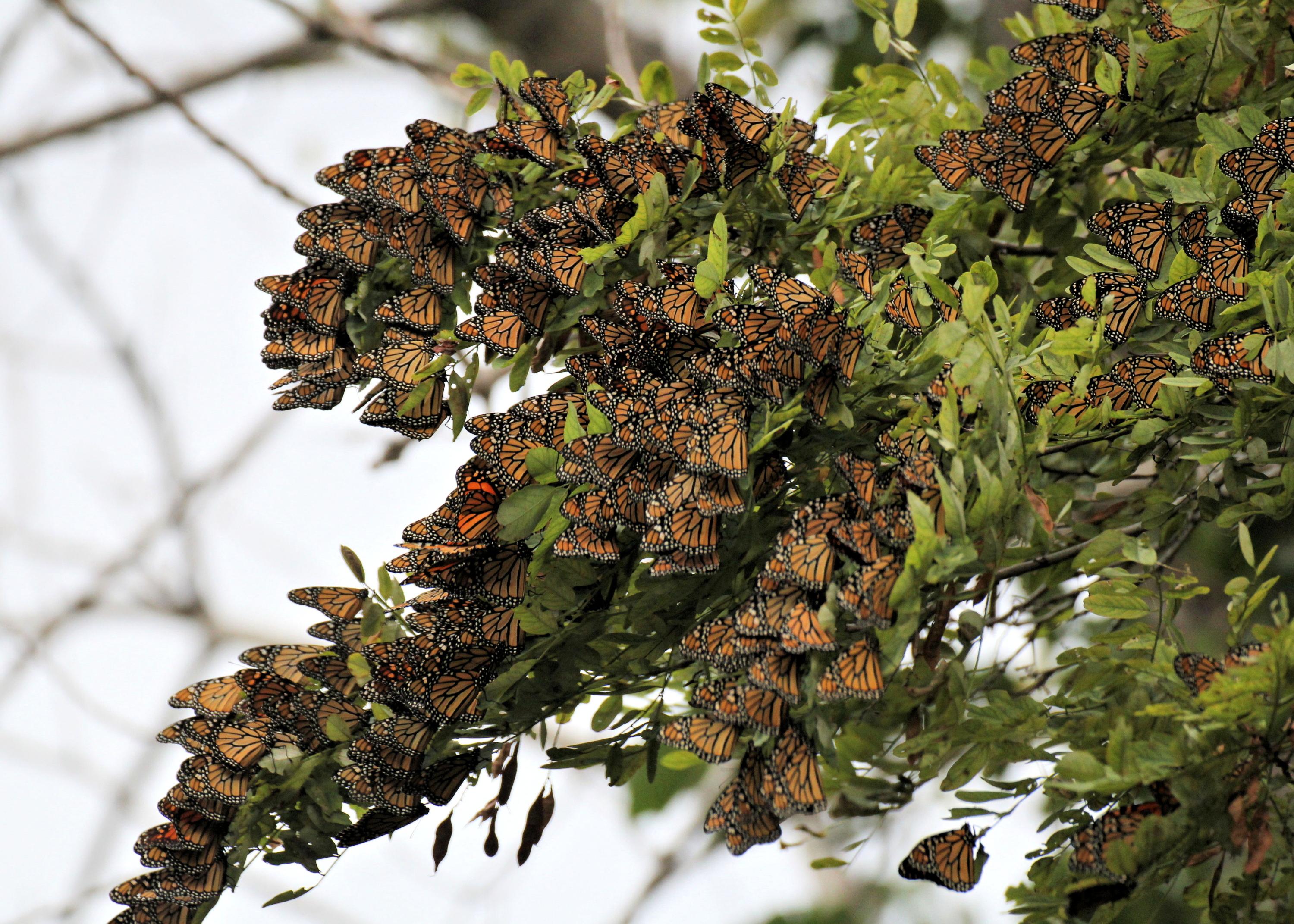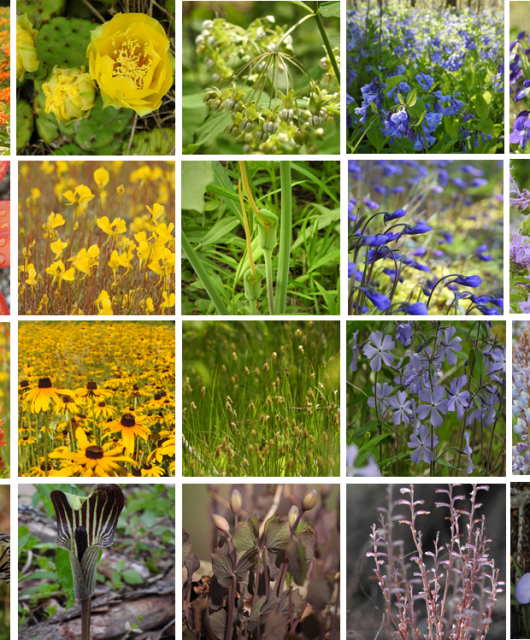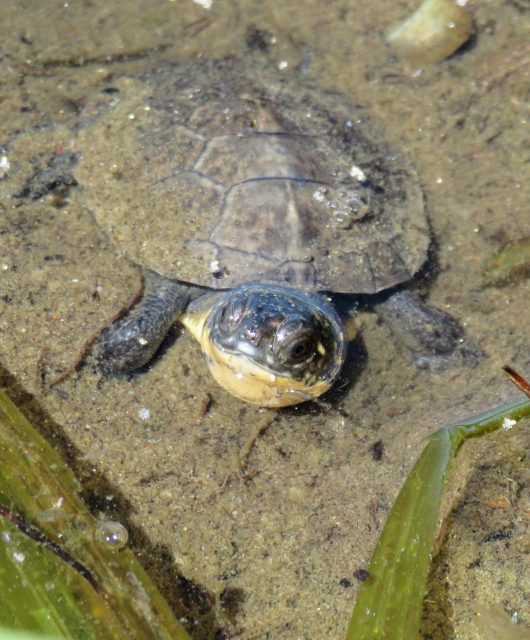Today, as I write this blog, I am looking out the window at the changing leaves on the trees, and it with a little sadness that I accept that the Monarchs are gone from this part of Ontario on their long journey to Mexico.
This fall, our Canadian Wildlife Federation pollinator team got the opportunity to conduct Monarch roost surveys in key areas of southern Ontario. Some of the surveys were in areas where we did not have observation data on Monarch Butterflies. In the area from the southern Quebec-Ontario border to Kingston, Ontario, we were only guessing that this was part of the migratory route of Monarch Butterflies. Monarch roosting behaviour is well known from the Prince Edward County and Point Pelee areas of Ontario. I was fortunate to observe two confirmed roost sites and three potential ones along my route.
Roosts are known as the sites where Monarch Butterflies roost overnight. They take a rest from their daylong journey, fuel up on flower nectar and settle next to other Monarchs. Some of these roosts might include a handful of butterflies to hundreds of butterflies.

At first it was a bit like finding a needle in a haystack — a tiny butterfly in large trees, many already with orange or yellow leaves! But to my amazement at 7:00 p.m or within 15 minutes of sunset, if I was lucky to be in a spot that was just right, I would see them flutter around the canopy and settle down. It was a magical experience to see them fly in and settle in with their buddies.
The challenging part of finding the roosts is that they are ephemeral, or highly variable from year to year. The wind and the locations of flowers have a big impact on where they end up, so they may not come back to the same trees. From a habitat conservation perspective trying to conserve roost habitat is a moving target.
We do know that the butterflies migrating in this part of North America are considered to be on the eastern flyway. They seem to be delayed in their winter arrival compared to those butterflies moving on the eastern flyway. This suggests that the eastern flyway butterflies have a reduced chance of making it to the overwintering grounds in Mexico.
At the same time, new research suggests that Ontario is a prime region for abundance of Monarch Butterflies in North America, along with Minnesota and Texas. Thus, we must do our part in Canada to support the Monarch Butterflies we do have by planting native plants in gardens and along rights of ways.
For now, the research and planning to support this species continues through the fall and winter. We will anticipate the winter counts of the Monarch Butterfly population in Mexico and see how they fared. Next year, citizen scientists can get involved and helps us with the iNaturalist.ca project, Monarch migration in Ontario.




